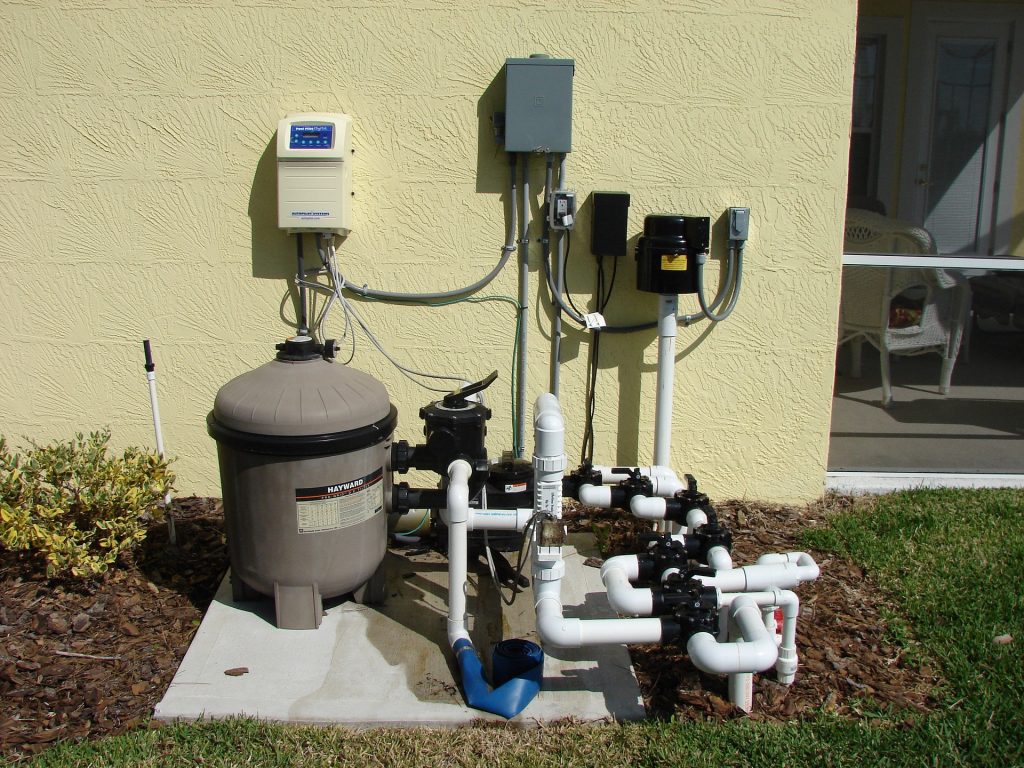If you are a homeowner, you know that there are many essential things to keep in mind when it comes to maintaining your property. One of the most important things is ensuring that your plumbing is working correctly. One component of plumbing that is often overlooked is the anti-siphon valve. What is an anti-siphon valve? How does it work? And why do you need one? Keep reading to find out!
What It Is
An anti-siphon valve is a device that is installed in your plumbing system. It is typically installed on the main water line that comes into your home. The valve’s purpose is to prevent contaminated water from being siphoned into your home’s fresh water supply.
How It Works
The way an anti-siphon valve works is quite simple. There is a chamber inside the valve that has a float ball inside of it. When the water level in the chamber gets too low, the float ball will drop and block the opening that leads to the freshwater supply. This prevents contaminated water from being able to flow back into your home.
Why You Need One
One of the most important reasons to have an anti-siphon valve installed is to protect your family from exposure to contaminated water. If your home’s fresh water supply becomes contaminated, it can cause severe illness or even death. The anti-siphon valve ensures that this does not happen by preventing contaminated water from being siphoned back into your home’s fresh water supply. Another reason to install an anti-siphon valve is to protect your home’s plumbing system. If contaminated water is siphoned back into your home’s fresh water supply, it can damage your pipes and fixtures.
Installing an Anti-Siphon Valve
If you want to protect your family and home, it is vital to have an anti-siphon valve installed. Here are a few things you should know about installing an anti-siphon valve: The first thing you need to do is locate the main water supply line coming into your home. This is usually located in the basement or crawl space. Once you have located the main water supply line, turn off the water to your home. Next, find the point on the main water supply line where you want to install the anti-siphon valve. Now, cut into the main water supply line at this point using a hacksaw.
After cutting into the main water supply line, clean up any burrs on the pipe’s cut edge using a file. Next, take the anti-siphon valve and thread it onto the main water supply line. Make sure you thread it on tightly so there is no chance of leaks. Finally, turn the water back on to your home and check for leaks around the valve. If there are no leaks, then you have successfully installed an anti-siphon valve!
To conclude, knowing how to install an anti-siphon valve in your home is crucial. This is a relatively straightforward process that anyone can do as long as they have the right tools. Just remember to turn off the water to your home before starting, and then check for leaks after installing the valve.










